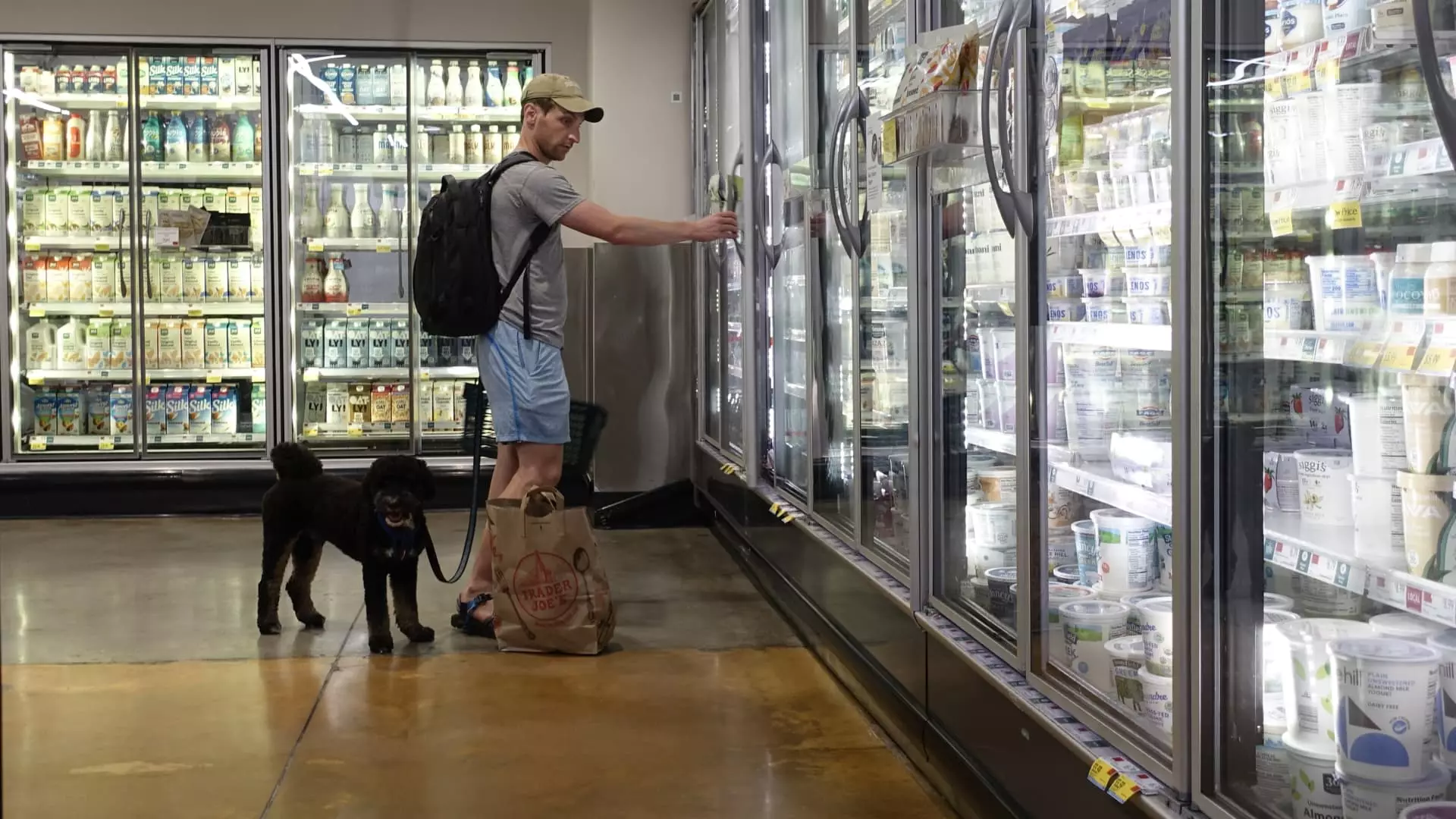Inflation in the United States saw a slight uptick in July, with the personal consumption expenditures price index rising by 0.2% on a monthly basis. This increase brought the year-over-year inflation rate to 2.5%, aligning perfectly with the Dow Jones consensus estimates. The core PCE, which excludes volatile food and energy prices, also experienced a 0.2% increase for the month, resulting in a 2.6% rise from a year ago. The 12-month figures for both core and headline inflation were on par with the numbers reported in June. Interestingly, while some components of inflation eased, the housing sector remained stubbornly high, with shelter prices increasing by 0.4% in July.
The report also delved into personal income and spending in the American economy. It was found that personal income increased by 0.3%, slightly surpassing the estimated 0.2% rise. On the other hand, consumer spending rose by 0.5%, meeting the forecasted expectations. Despite the increase in spending, the personal savings rate fell to 2.9%, its lowest level since June 2022. This indicates that even though consumers are spending more, they are saving less, which could have long-term implications for financial stability at the personal level.
Goods prices experienced a negligible decrease of less than 0.1% over the past month, whereas services prices increased by 0.2%. Looking at the 12-month data, goods prices fell slightly while services saw a significant 3.7% jump. Food prices were up by 1.4%, and energy costs accelerated by 1.9%. These fluctuations in prices reflect the overall volatility in the market and could impact consumer behavior in the coming months.
Despite the data showing a marginal change in inflation, market reactions were subdued. Equity futures pointed towards a slightly higher open on Wall Street, and Treasury yields also saw an increase. Economist Joseph Brusuelas noted that the data suggests a re-establishment of price stability in the American economy, which could pave the way for consistent growth. With the Federal Reserve gearing up for a potential interest rate reduction, the economy is expected to see a boost in growth and hiring, aligning with the Fed’s goal of supporting the labor market.
The data on inflation and economic indicators paint a mixed picture of the American economy. While inflation remains relatively stable, there are underlying concerns about personal savings, consumer behavior, and market volatility. As the Federal Reserve prepares to make decisions on interest rates, it will be crucial to monitor these factors closely to ensure sustainable economic growth and stability in the long run.

Leave a Reply